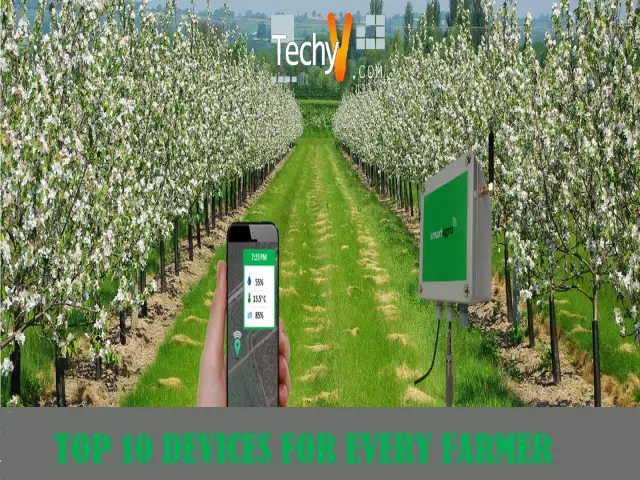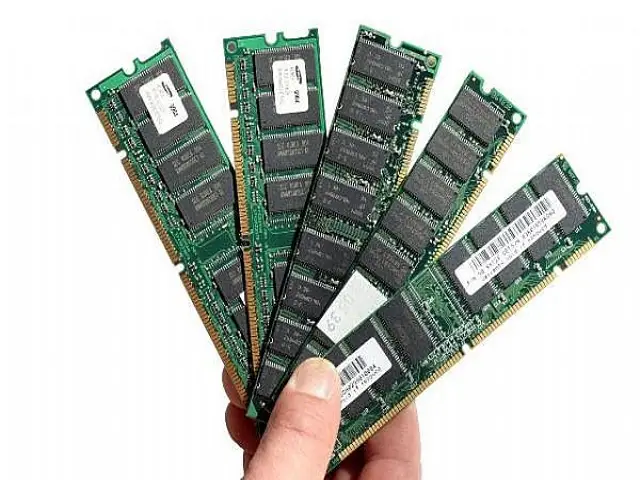Today’s generation of farmers is given the chance to work smarter rather than working harder. With innovations in technology and Data Science, every farmer is gifted with a device to make his/her job much easier. Putting it straight, read about the top 10 gadgets every farmer must use for their field works.
1. DRONES:

Any unmanned aerial vehicle to plant, spray seeds, and monitor fields is an agricultural drone. Farm engineers, farmers, and the researchers are using drones to gain efficient crop insights. Satellite maps with ultrasonic laser help the drone to travel so many routes. The device helps to manage fields by reducing the planting and spraying frequencies. Spreading the seeds is a five times faster process, than tractors with drones.
2. TELEMATICS:

Telematics technology helps farmers to collect and manage information about their fields remotely. Farmers can review field equipment such as tractors and harvesters and choose the best one suitable for their crops and grounds. Personal maps from telematics show data about fuel levels, harvesting times, planting, and spraying seeds. The device works from cellular and satellite communications.
3. AUTOMATIC OFF-LOADING:
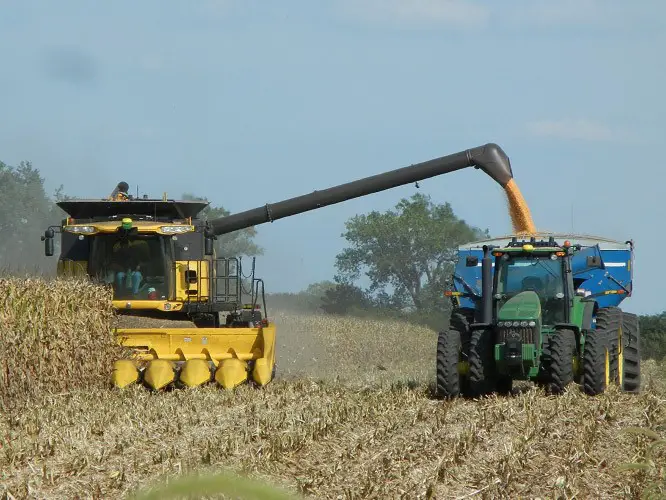
The process of Automatic Off-Loading helps farmers to collect and harvest crops through GPS navigation. The extraordinary software in Off-Loading technology allows farmers to sort and monitor the harvests. This technology also helps in automating the grain loads. Grain facility helps farmers in reducing processing time, crop waste, and harvesting time.
4. AUTONOMOUS VEHICLES:
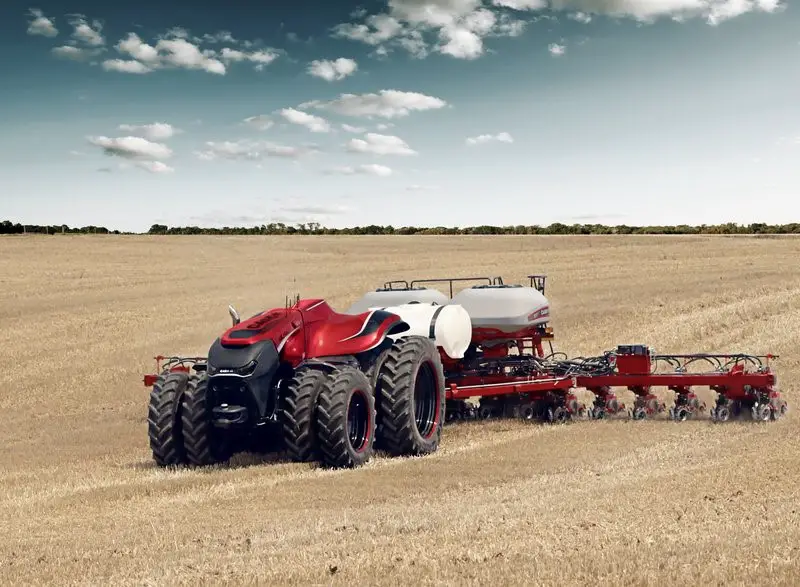
Autonomous farm vehicles are driverless tractors and also known as Ag-robot, which helps farmers in giving the high tractor effect at a slower rate. Two or more vehicles are operated in a single field or simultaneously on different grounds. Ag-Robot uses precision software to plough-fields, and thus, farmers can operate things remotely.
5. AQUAPONICS:
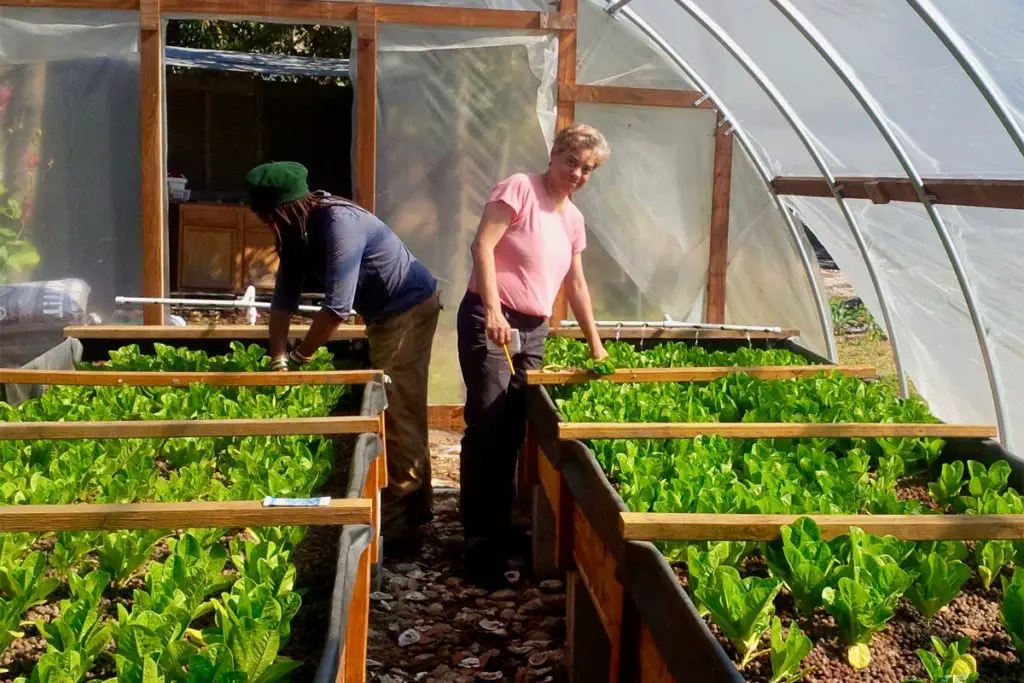
Aquaponics is a technology that feeds your fishes. It grows crops and fishes together. Fish produces nutrition for plants and crops, and also helps in waste removal Aquaponics encourages 95 % less water and 50 % fewer fertilizers.
6. SOIL AND CROP SENSORS:
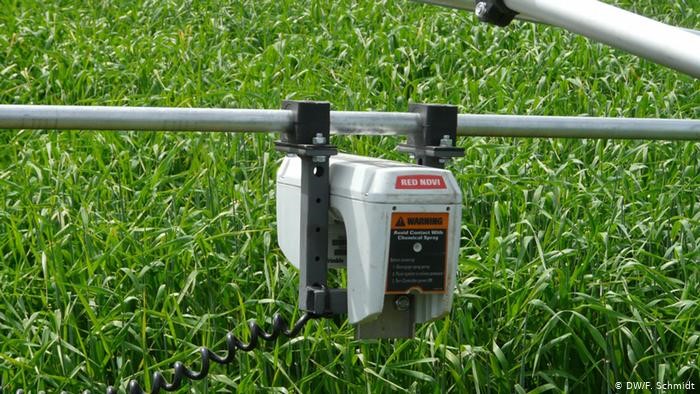
Soil and Crop Sensors help farmers to track plant and test soil health. The sensors will monitor water and nitrogen, which are the primary requirements for the majority of these farms. The technology mostly helps at times of drought for managing the water resources. It also helps in controlling pest diseases and infections to improving yield quality and the nutrient level. The sensors can also integrate with the agro-business.
7. AIR COMPRESSORS: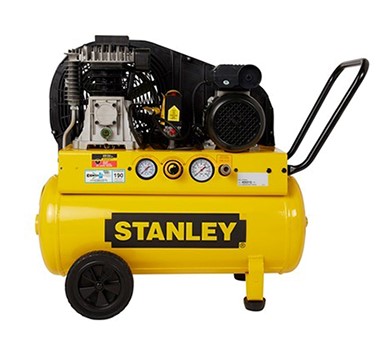 Air Compressors are helpful in dairy farms to create suction for milking cows. The Air Compressors help to run milking machines, gates and chutes. The device serves all farms with basic procedures such as cleaning and production. As it saves time, farmers can concentrate on other significant farming activities.
Air Compressors are helpful in dairy farms to create suction for milking cows. The Air Compressors help to run milking machines, gates and chutes. The device serves all farms with basic procedures such as cleaning and production. As it saves time, farmers can concentrate on other significant farming activities.
8. BIG DATA:
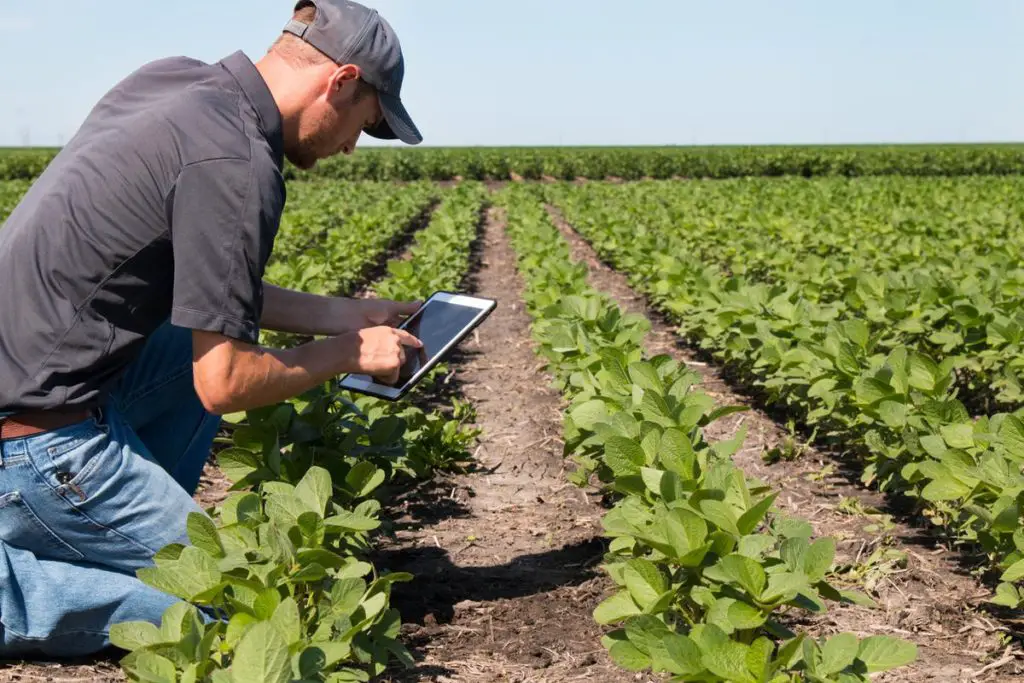
Big Data helps farmers to update weather, crop yield, navigate, and identify from drone images to understand planting. Big Data integrates with Telematics. By analyzing Big Data, farmers have an effective plan on soil management and seeding schedule. The data collections about weather, humidity, and chemicals will help in doing smart agriculture business for every farmer.
9. ARTIFICIAL ECOSYSTEMS:
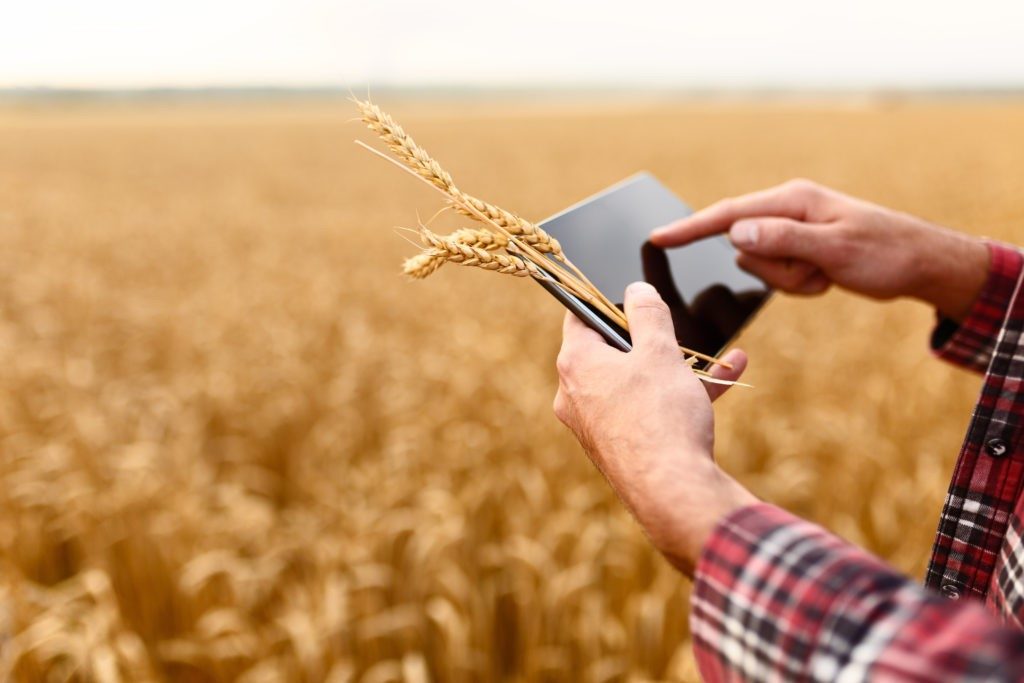
Artificial Ecosystem in agriculture helps in producing crops and other animal products. Agriculture through an Artificial Ecosystem sustains the human population, which combines with a Hybrid Population. For instance, saltwater is not suitable for fishes. But this technology proves efficient for generating minimal pollution and also reusable water.
10. ARABLE PULSE POD:
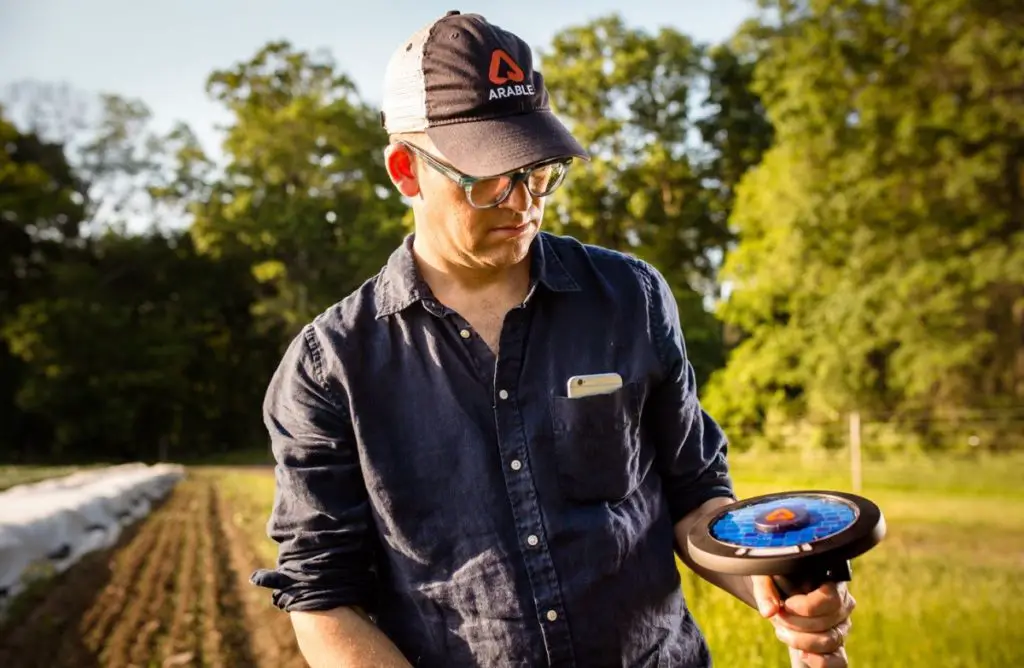
The Arable Pulse Pod looks like a small transparent Frisbee, and it has sensing technology, a six-band spectrometer, 4-way net radiometers, and an acoustic rain gauge. The Pulse Pod’s sensors monitor crop growth, rainfall, light, and heat levels. Arable Pulse Pod is connectable with a camera.



